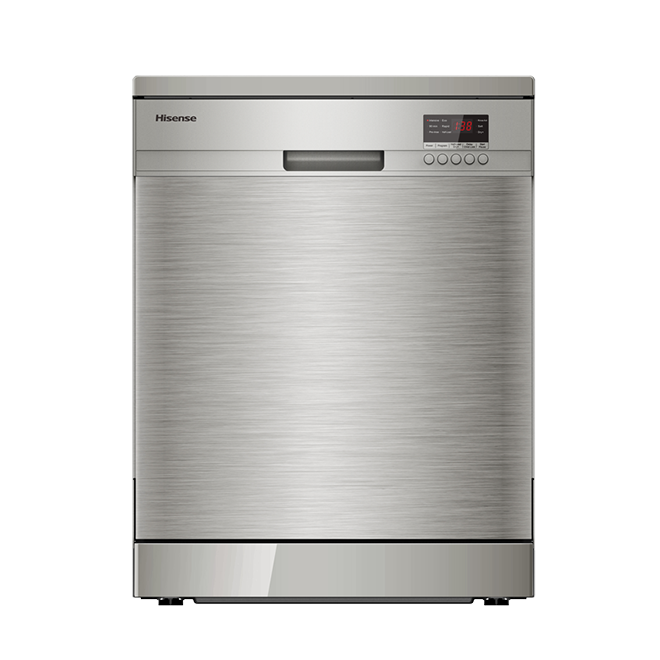Gas hobs and electric hobs are two popular types of cooktops found in kitchens worldwide, each offering distinct advantages and considerations. Whether you’re remodeling your kitchen or upgrading appliances, understanding the differences between these two options can help you make an informed decision based on your cooking preferences, safety concerns, and kitchen infrastructure.
Heat Control and Responsiveness:
- Gas Hob: Known for its instant heat and precise temperature control, gas hobs allow cooks to adjust flame intensity rapidly. This responsiveness is ideal for techniques that require quick changes in cooking temperature.
- Electric Hob: Electric hobs, including traditional coil and modern ceramic or induction types, typically have a slower heat-up and cool-down time compared to gas. However, advancements in technology have improved their responsiveness, enabling more accurate temperature adjustments during cooking.
Energy Efficiency:
- Gas Hob: Gas cooktops are generally considered more energy-efficient for cooking because they heat up and cool down quickly, minimizing energy waste. However, some heat is lost during the cooking process.
- Electric Hob: Traditional electric coil hobs and ceramic hobs retain heat longer, which can lead to slightly higher energy consumption. In contrast, induction hobs use electromagnetic energy to heat only the cookware, making them highly efficient and reducing energy loss.
Safety:
- Gas Hob: While gas hobs provide excellent control over cooking temperatures, they carry inherent risks such as gas leaks and open flames. Modern gas hobs are equipped with safety features like flame failure protection to mitigate these risks.
- Electric Hob: Electric hobs, particularly induction models, are considered safer because they eliminate the risk of open flames. Induction hobs heat only when compatible cookware is detected, and their surfaces remain cool to the touch, reducing the risk of burns.
Installation and Maintenance:
- Gas Hob: Installation of a gas hob typically requires a gas line connection and adequate ventilation. Maintenance involves periodic checks for gas leaks and cleaning of burners.
- Electric Hob: Electric hobs are generally easier to install, requiring only a standard electrical outlet. Maintenance involves cleaning the hob surface, with induction hobs requiring special care for their glass surfaces.
Cookware Compatibility:
- Gas Hob: Gas hobs are compatible with a wide range of cookware materials and sizes, offering flexibility in cooking vessel choice.
- Electric Hob: Induction hobs require magnetic cookware for proper heating through electromagnetic induction. Traditional electric hobs can accommodate various cookware types but may have specific requirements for optimal performance.
Types of Electric Hobs:
When considering electric hobs, there are several common types to choose from:
- Electric Coil Hobs:
- Traditional and durable, these hobs feature exposed electric coils that heat up when electricity passes through them.
- They are straightforward to use but may be slower to heat up and cool down compared to other electric hob types.
- Ceramic Hobs:
- These hobs feature smooth glass-ceramic surfaces with concealed electric heating elements beneath.
- They heat up quickly and provide even heat distribution across the cooking surface.
- Ceramic hobs are easy to clean and maintain, offering a sleek and modern appearance in the kitchen.
- Induction Hobs:
- Induction hobs use electromagnetic technology to heat pots and pans directly, rather than the hob surface itself.
- They are highly energy-efficient, fast to heat up, and offer precise temperature control.
- Induction hobs are safe to use as the cooking surface remains cool unless compatible cookware is placed on it.
Conclusion
Choosing between a gas hob and an electric hob ultimately depends on your cooking style, safety preferences, and kitchen setup. Gas hobs provide rapid heat control and are suitable for a variety of cookware, while electric hobs offer safety benefits and energy efficiency advancements, especially with induction technology. At Abanista, explore a range of quality cooktops designed to meet your culinary needs, ensuring your kitchen is equipped with the perfect solution for delicious meals every time. Make an informed decision that enhances both your cooking experience and kitchen functionality. Happy cooking from Abanista!








